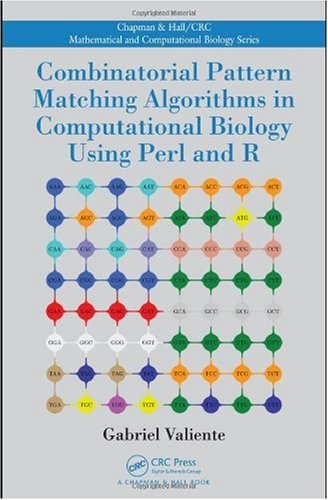

Most ebook files are in PDF format, so you can easily read them using various software such as Foxit Reader or directly on the Google Chrome browser.
Some ebook files are released by publishers in other formats such as .awz, .mobi, .epub, .fb2, etc. You may need to install specific software to read these formats on mobile/PC, such as Calibre.
Please read the tutorial at this link. https://ebooknice.com/page/post?id=faq
We offer FREE conversion to the popular formats you request; however, this may take some time. Therefore, right after payment, please email us, and we will try to provide the service as quickly as possible.
For some exceptional file formats or broken links (if any), please refrain from opening any disputes. Instead, email us first, and we will try to assist within a maximum of 6 hours.
EbookNice Team

Status:
Available0.0
0 reviewsEmphasizing the search for patterns within and between biological sequences, trees, and graphs, Combinatorial Pattern Matching Algorithms in Computational Biology Using Perl and R shows how combinatorial pattern matching algorithms can solve computational biology problems that arise in the analysis of genomic, transcriptomic, proteomic, metabolomic, and interactomic data. It implements the algorithms in Perl and R, two widely used scripting languages in computational biology.
The book provides a well-rounded explanation of traditional issues as well as an up-to-date account of more recent developments, such as graph similarity and search. It is organized around the specific algorithmic problems that arise when dealing with structures that are commonly found in computational biology, including biological sequences, trees, and graphs. For each of these structures, the author makes a clear distinction between problems that arise in the analysis of one structure and in the comparative analysis of two or more structures. He also presents phylogenetic trees and networks as examples of trees and graphs in computational biology.
This book supplies a comprehensive view of the whole field of combinatorial pattern matching from a computational biology perspective. Along with thorough discussions of each biological problem, it includes detailed algorithmic solutions in pseudo-code, full Perl and R implementation, and pointers to other software, such as those on CPAN and CRAN.